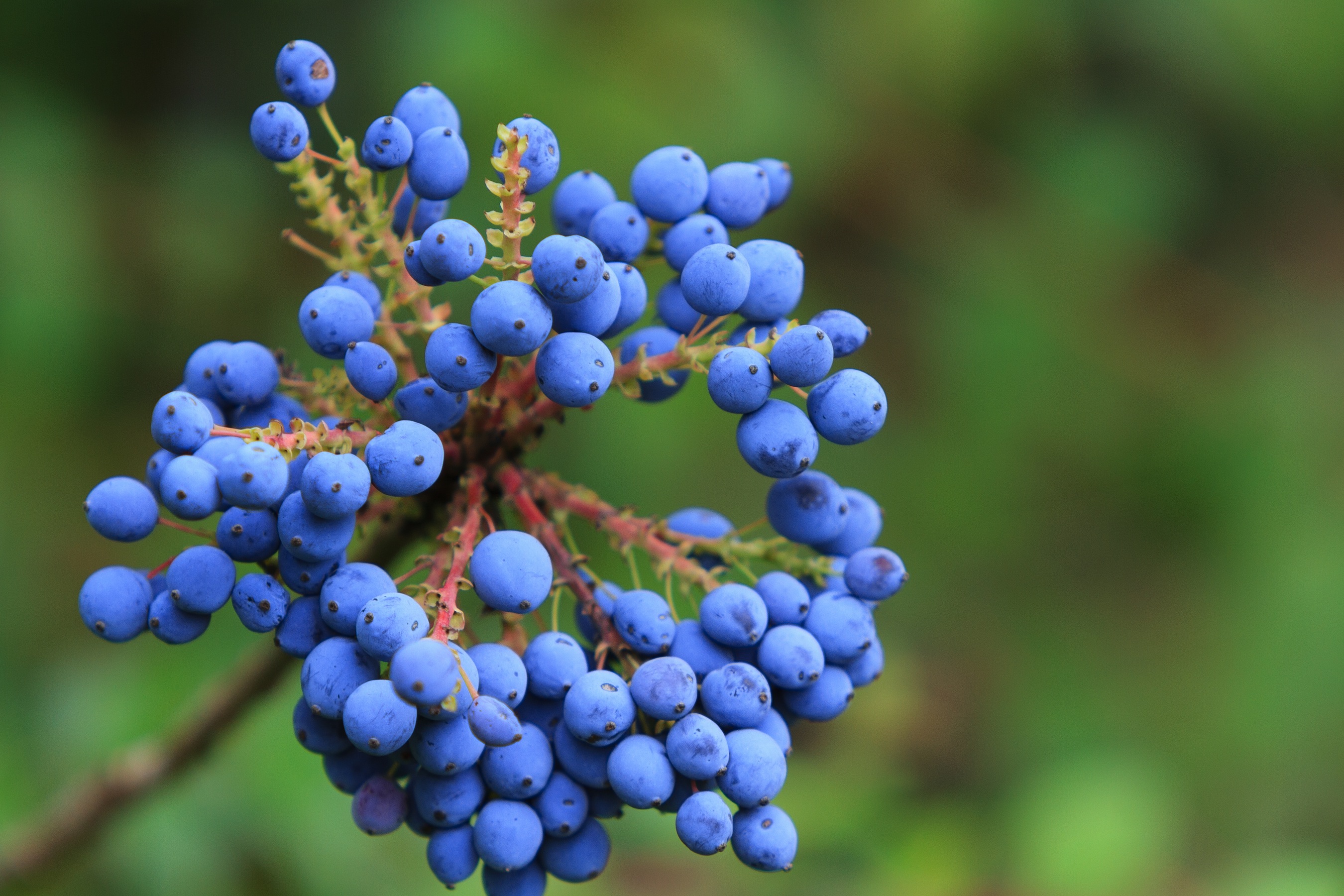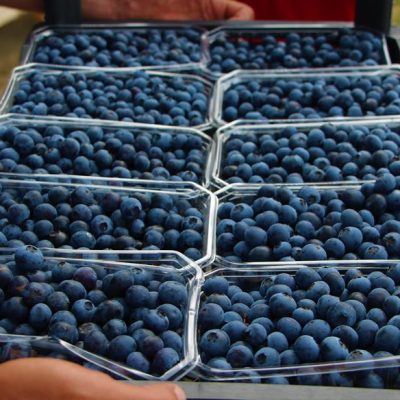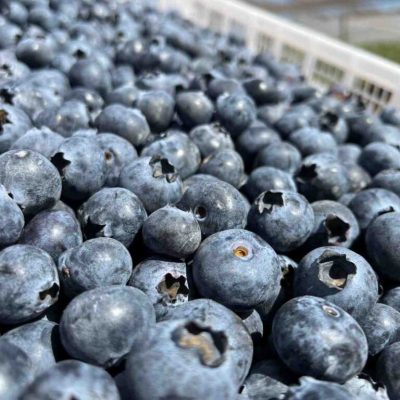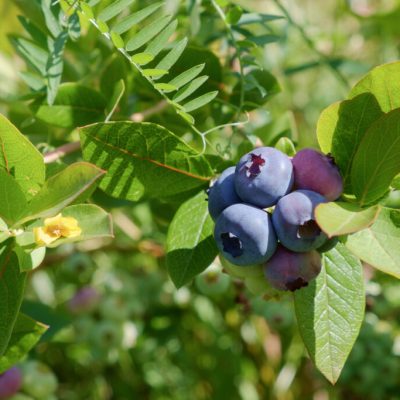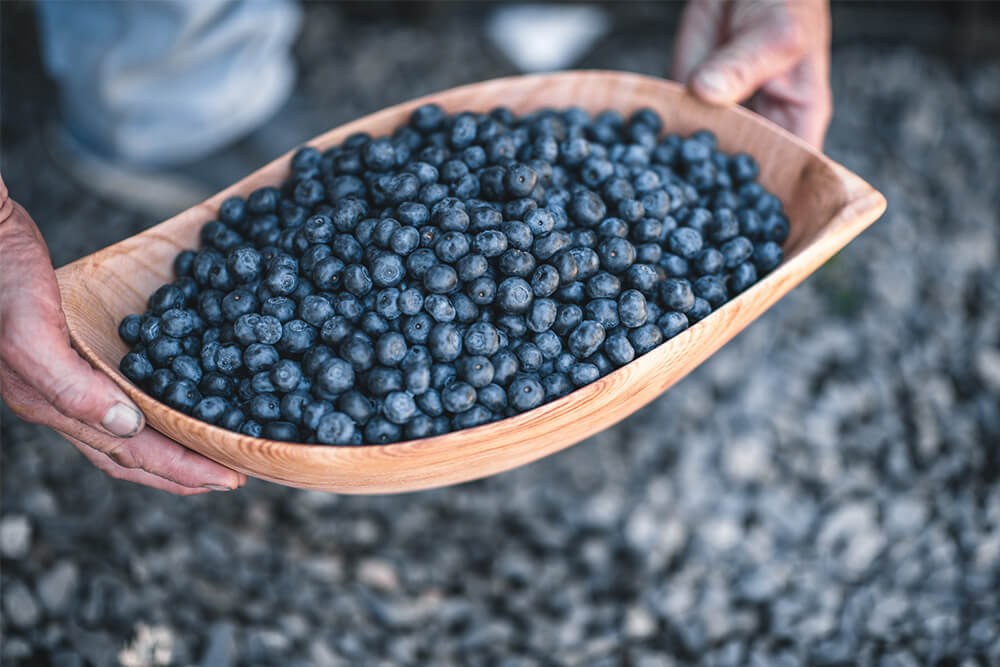N.J. blueberry growers anticipate normal volume
After an off-season for production in 2015, New Jersey blueberry growers are expecting improvement this year, according to Tim Wetherbee, chairman of the New Jersey Blueberry Industrial Advisory Council and sales manager at Hammonton, N.J.-based Diamond Blueberry Inc.
The season could start around June 10-11, weather permitting, Wetherbee said.
He didn’t have any volume projections for 2016, but he said growers anticipate something better than the 45 million pounds they produced last year.
“Last year was kind of disappointing. We lost quote a bit of tonnage to windstorm that came through right before berries were ready,” he said. “Overall production wasn’t as good as we anticipated.”
New Jersey’s blueberry volume totaled 65 million pounds in 2013 and 55 million pounds in 2014, good for fifth-most among blueberry-producing states, behind Oregon, Washington, Michigan and Georgia, according to the Folsom, Calif.-based U.S. Highbush Blueberry Council. New Jersey was seventh in blueberry volume in 2015, behind Oregon, Washington, Michigan, Georgia, California and North Carolina.
About 87% of New Jersey’s blueberry production went to the fresh market in 2015, the council said.
“That’s the kind of game we’re in,” Wetherbee said, referring to volume fluctuations.
Geography generally is an ally, though, he said.
“The soil is very sandy and acidic near the ocean — that’s a big plus with blueberries,” he said, noting that moisture leaches quickly. “A lot of rain doesn’t impede us as in some other areas.”
The winter weather patterns set up this year’s crop as well as could be expected, Wetherbee said.
“Winter was good here. It was relatively mild, so you don’t expect to see weather damage,” he said.
The New Jersey blueberry season generally runs to mid-August. Most of the crop goes to the fresh market, Wetherbee noted.
“We’ve never been big on frozen,” Wetherbee said. “Our time works well with fresh. Some tonnage goes to processed — 6 million to 10 million pounds, on average. The balance is fresh-pick and fresh-pack.”
Customers have been trending toward bigger containers, and that should continue this year, Wetherbee said.
“There’s demand for different containers, like a 2-pound container, which is more for club stores,” he said. “There’s demand for 11- and 18-ouncers, and some people have done some of that.”
The norm remains a U.S. dry pint, Wetherbee said.
“Volumes are adequate, and that’s generally the main container we operate with,” he said.
Alfred Murray, New Jersey’s assistant secretary of agriculture, said the state enjoyed an “average spring, with temperatures near normal.
“There were a few warm days that allowed farmers to get into their fields and begin planting. There were also a couple of cold days and a few nights of freezing temperatures, which could impact the peach, apple and blueberry crop.”
Bob Von Rohr, marketing and customer relations manager for Sunny Valley International Inc., Glassboro, N.J., said he anticipates a normal blueberry crop, with excellent volume.
“We should be into peak promotional volumes by June 18, which means excellent promotional opportunities for July Fourth holiday,” Von Rohr said.
Von Rohr predicted the season would run through the end of July this year.
“We will also have excellent volume of New Jersey-certified organic blueberries during the same timeframe,” he said, noting that Sunny Valley International is the marketing/sales agent for Jersey Fruit conventional and Little Buck organic blueberries.

